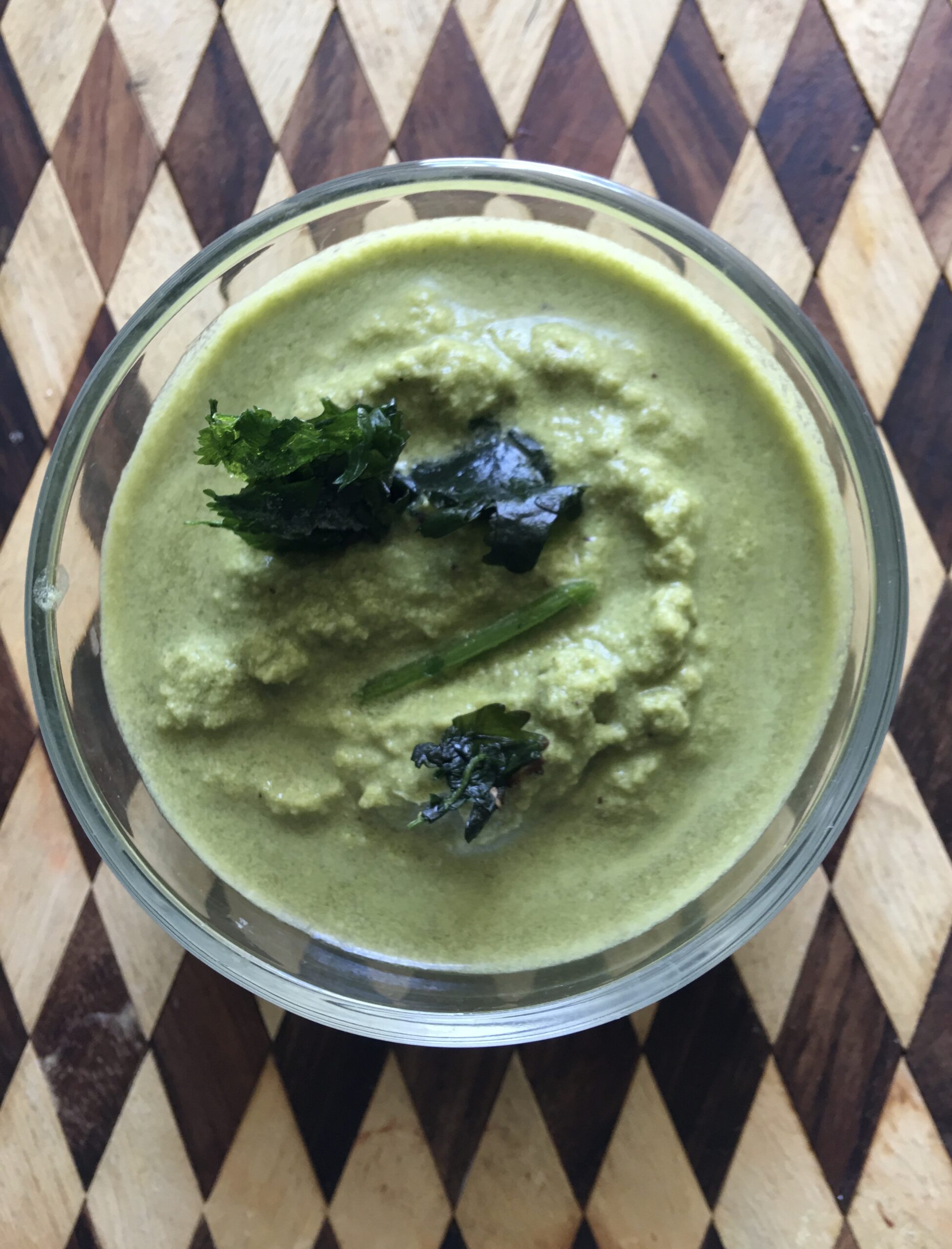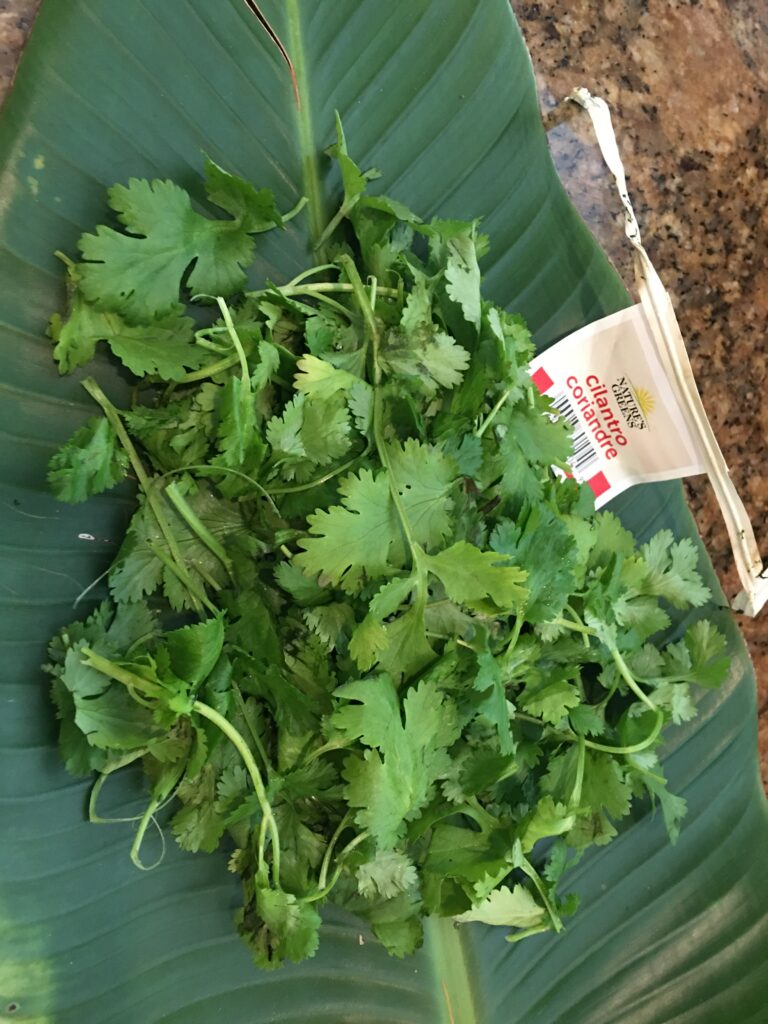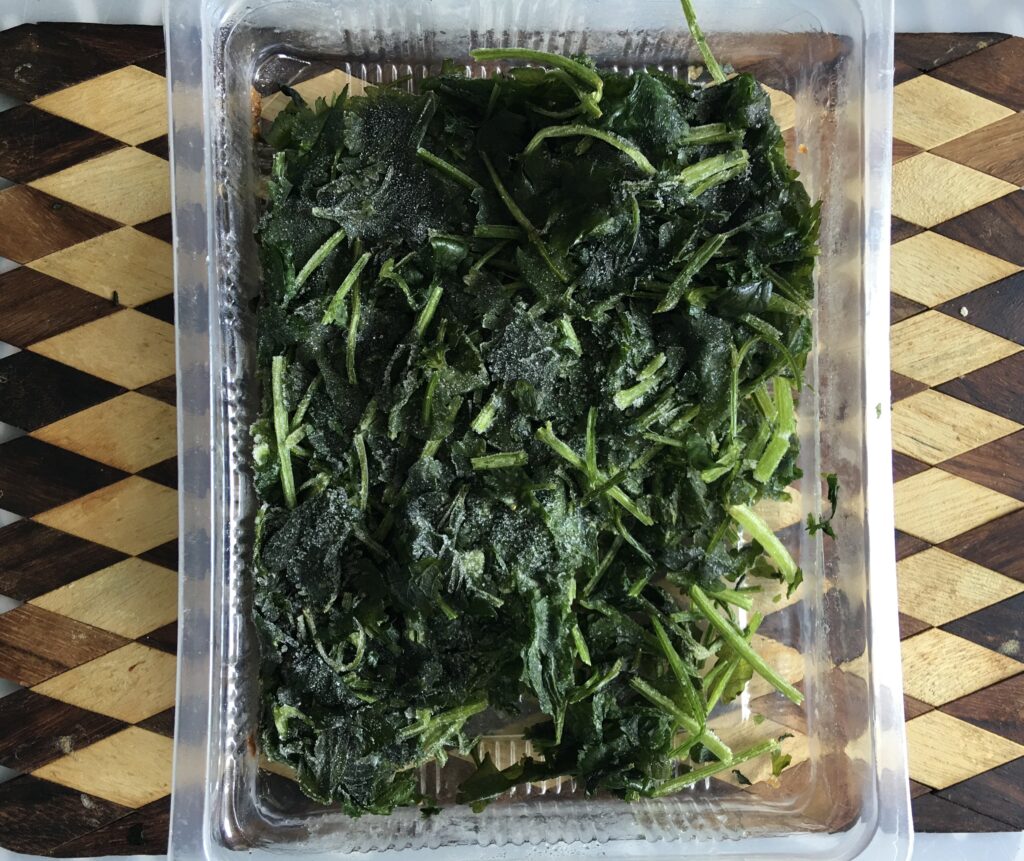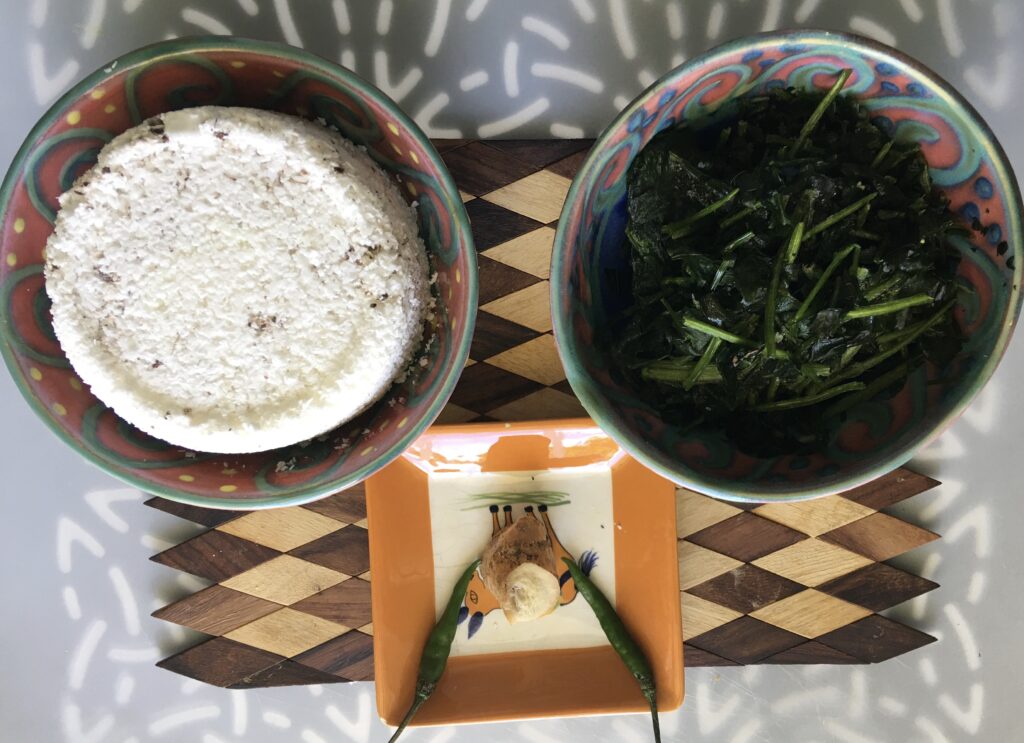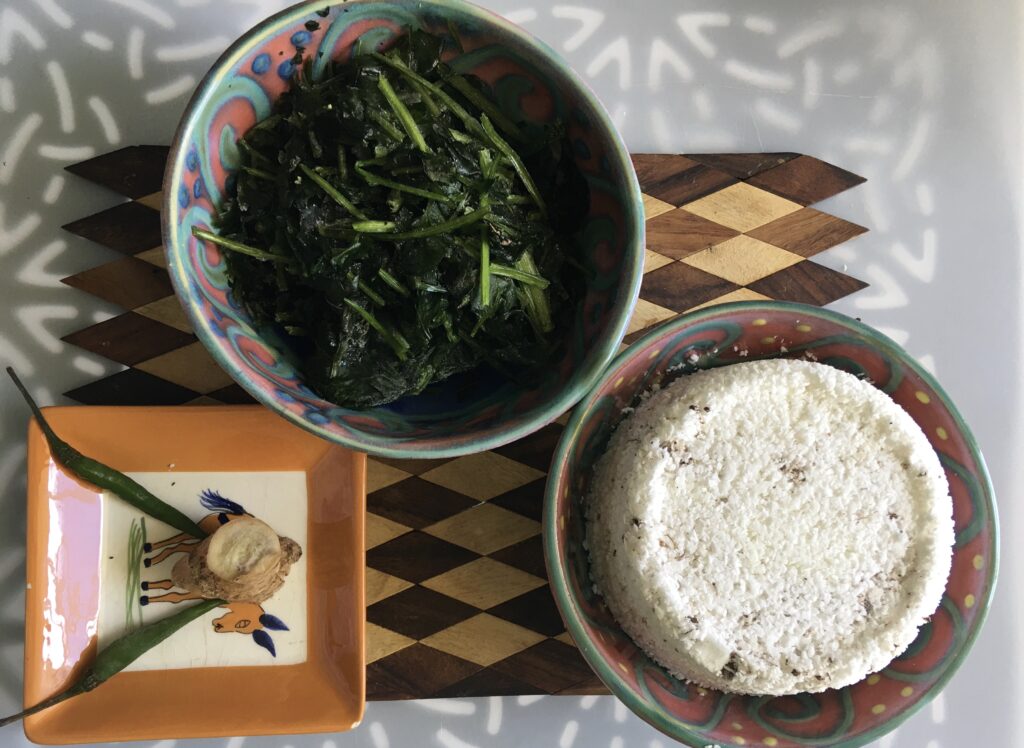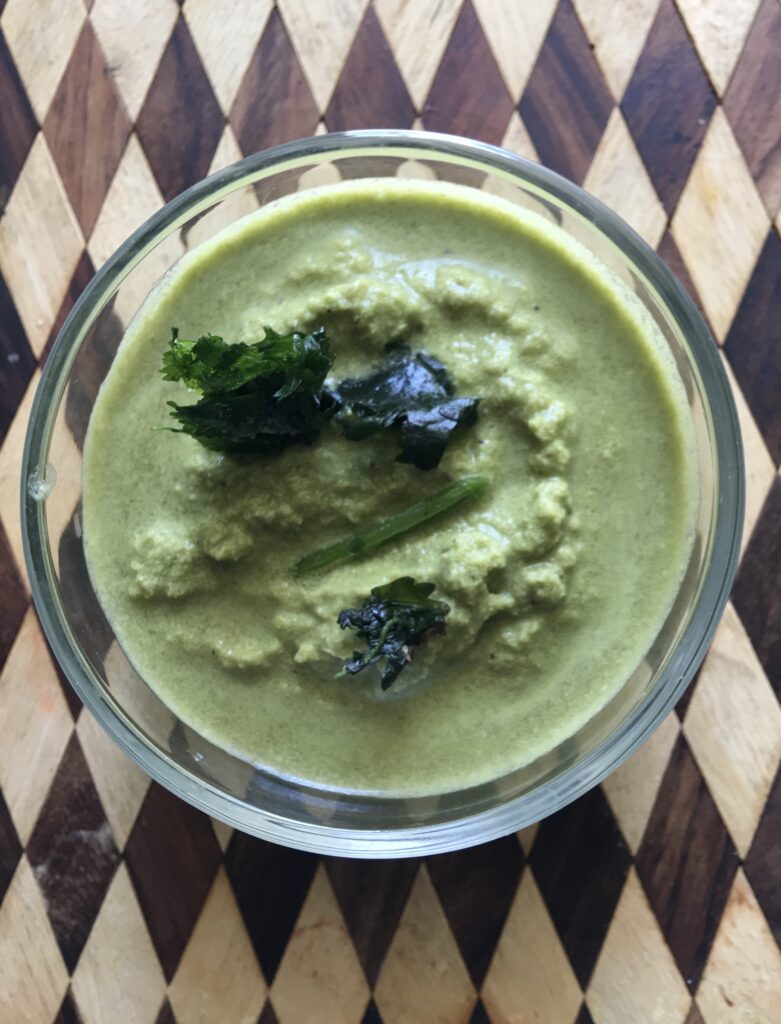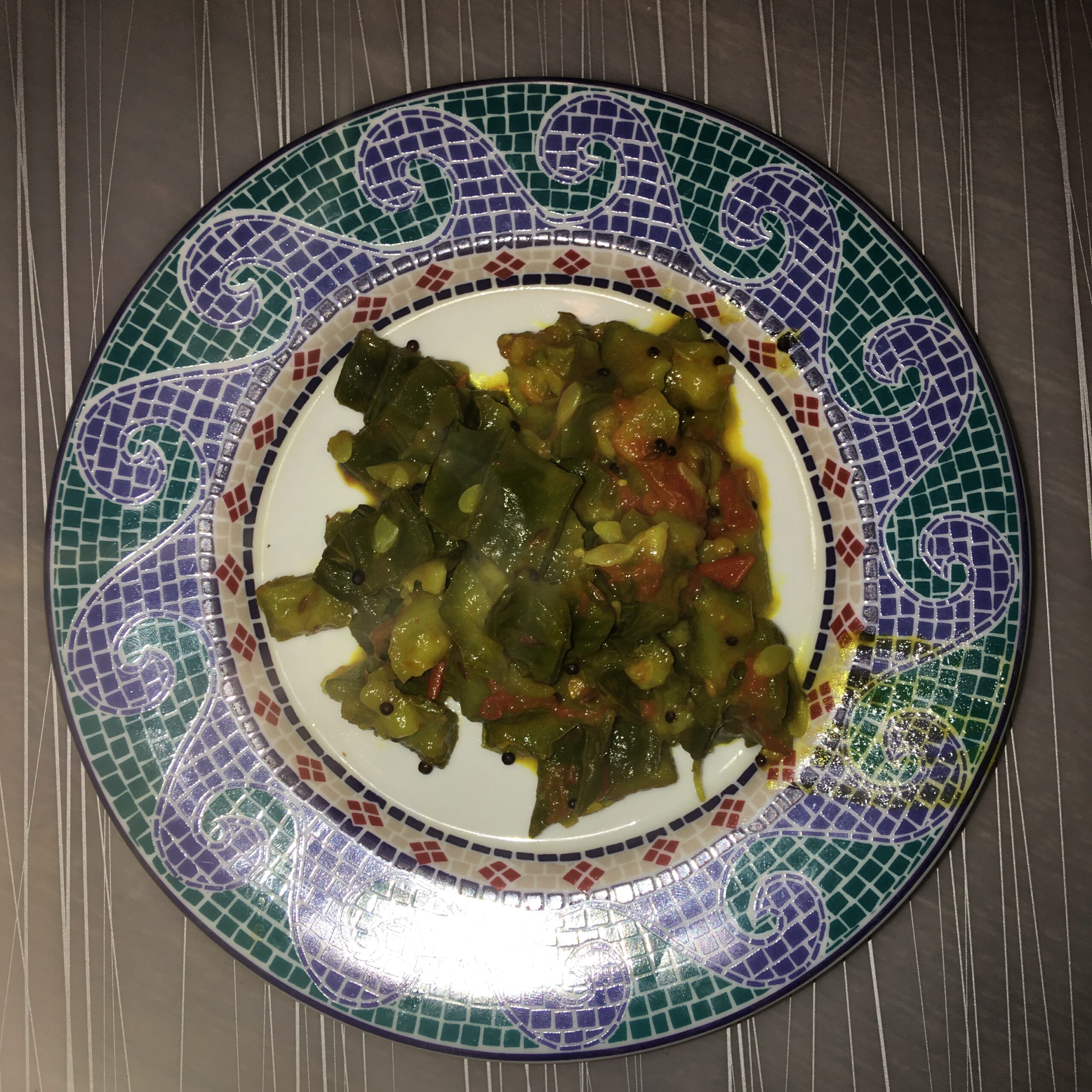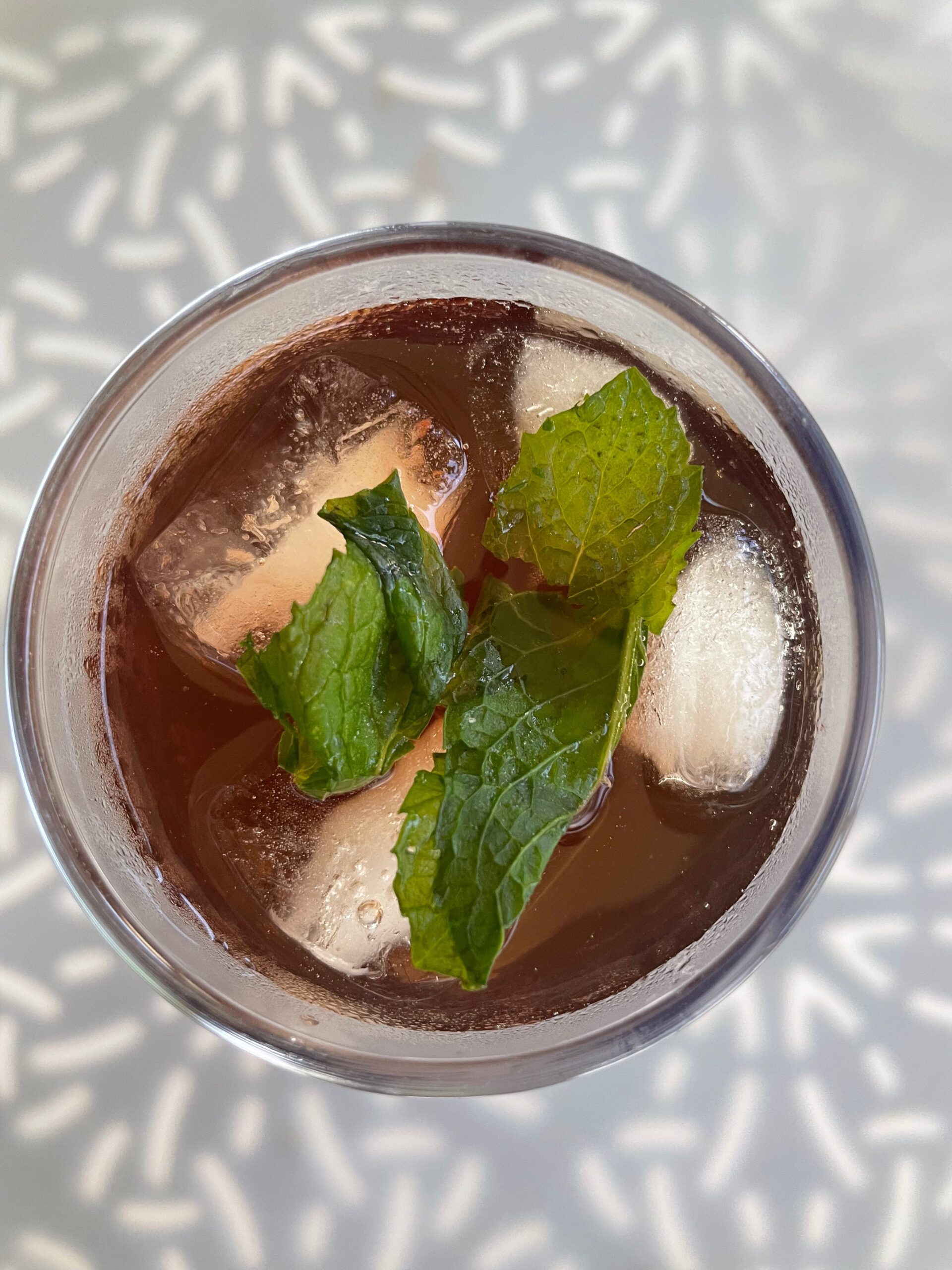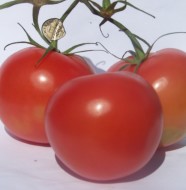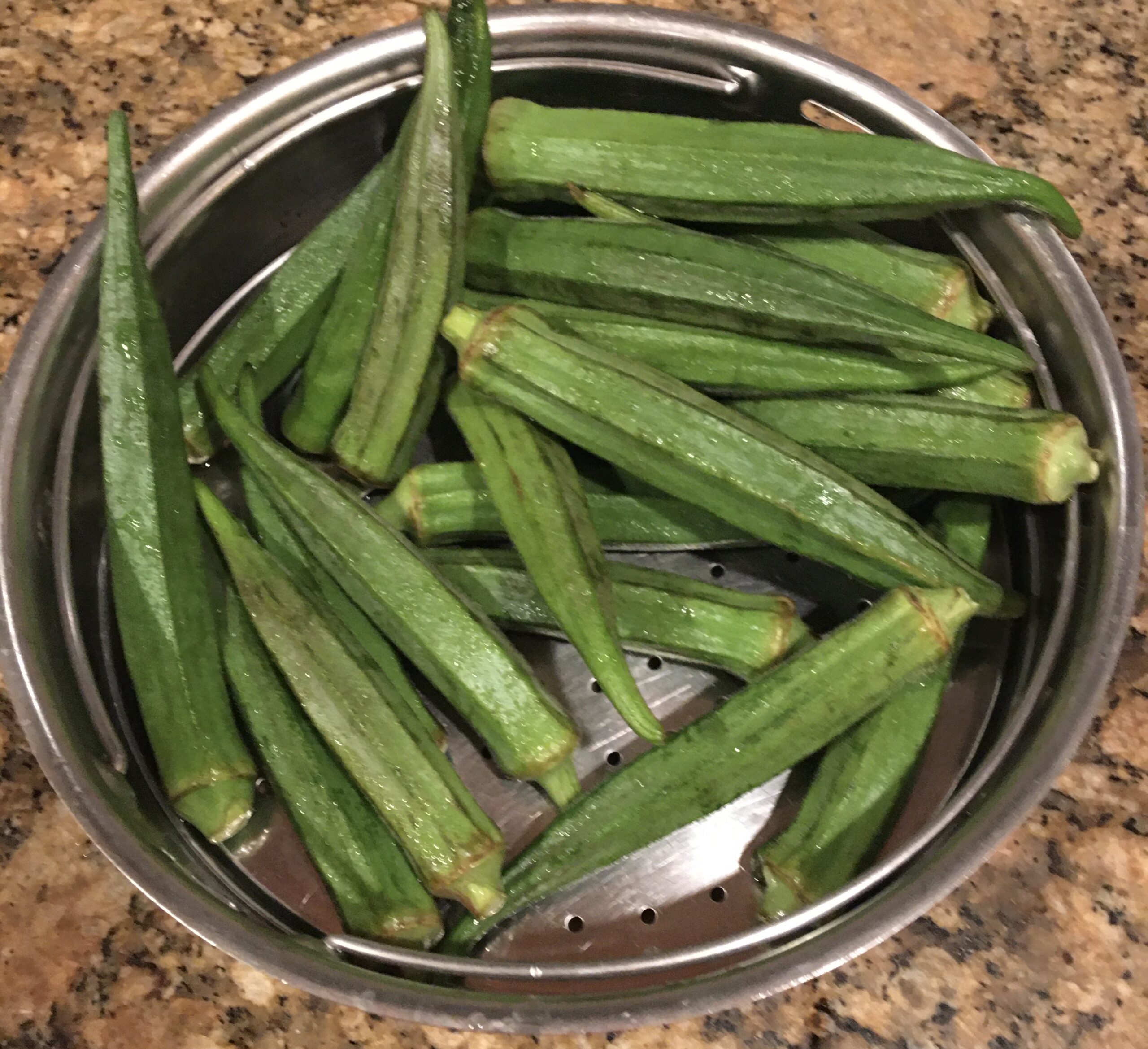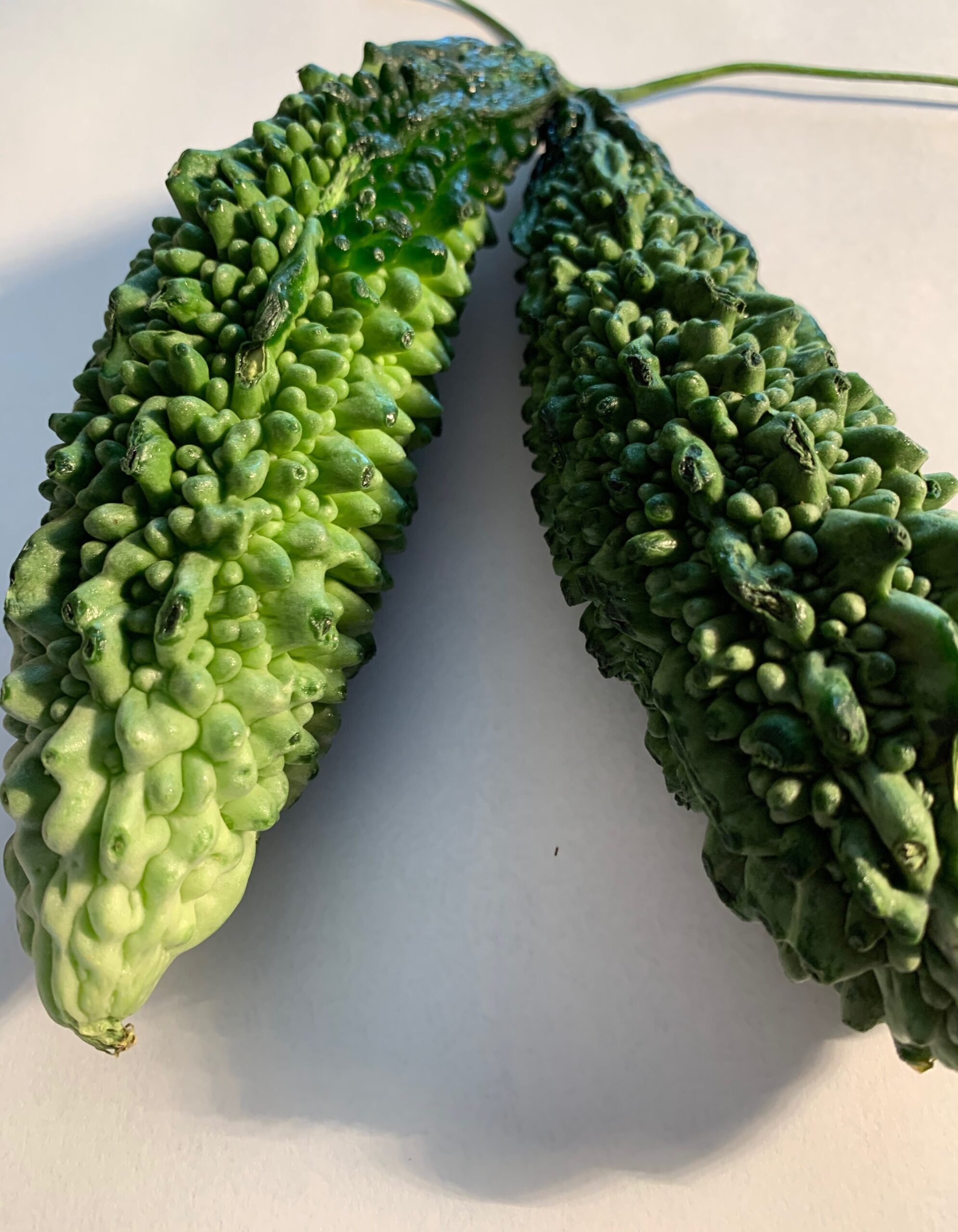Cilantro ( scientific name – Coriandrum Sativum in the family Apiaceae like parsley), is an annual herb that closely resembles it. Also known as Coriander or Chinese parsley, it is the most widely used herb in India, the Mediterranean & Mexico. It is a fragrant antioxidant-rich herb with many health benefits and culinary uses. The leaves can reduce cholesterol and are mood enhancers. They provide salmonella protection with the compound Dodecanal, twice as powerful as the antibiotic as per a study done at Berkeley University of California.
Cilantro is easy to grow which explains its abundance. It is a hardy annual herb and a member of the parsley family, related to other lacy-leaved plants such as fennel, dill, chervil, and carrots. The entire cilantro plant is edible including the roots. Coriander leaves are dark green, smooth hairless, and soft that vary in shape from broad-lobed at the base and slender, feathery, higher up near its flowering tops. Fresh leaves are delicate and lacy imparting a soapy aroma that either attracts or repels, depending on which side of the fence you sit. The leaves are best served fresh and used as a final garnish since their fragility cannot withstand the heat of cooking.
Coriander seeds are tiny yellowish-brown, round to oval with vertical ridges, and have a flavor that is aromatic, sweet, and citrusy but also slightly peppery. They bear no resemblance in flavor to the leaves.
Cilantro chutney can be added to vegetable curries, used as a sandwich spread, or as a salad dressing
Grow cilantro in a pot https://www.quickcrop.ie/learning/plant/coriander
Grow cilantro in water without soil click on the following website.
https://wpbuzzlab.com/grow-coriander-in-water/
Grow from cilantro seeds https://www.burpee.com/gardenadvicecenter/herbs/cilantro/all-about-cilantro/article10222.html
Buying: Fresh Cilantro leaves are readily available in the market although having the plant would be best. Always buy fresh leaves since it is superior in flavor and rich in many vitamins and antioxidants like Beta carotene, Vitamin C, and Folates. While buying look for vibrant green color leaves with firm stems. Its leaves should be free from any spoilage or yellow discoloration. Fresh leaves from organic farms are intense in flavor, dirt, and pesticide-free and a better choice.
Storage: To store, trim bottom stems, wash in running water & drain in a colander. Dry on paper towels and wrap in a paper towel, place in a zip lock bag and keep in the vegetable storage compartment with high humidity (lasts for 7-10 days). The leaves can also be frozen in wrapped in a paper towel and placed in a plastic box; lasts 1 month but the flavor is reduced.
History: Cilantro is called the controversial herb since it elicits strong opinions and is polarizing. Some people like it or hate it plus some may be allergic to it. Even its name is reversed in the US & Europe. Here the leaf is cilantro and the seed is coriander but is the opposite in Europe. It is featured in the cuisines of the Middle East, North Africa, Europe, and Asia with a culinary history dating back millennia. Its seeds were found in 8000 years old caves in Israel. There are ancient Sanskrit and Biblical references to coriander. Even King Tut claimed a piece of cilantro action with seeds scattered in his tomb. It was introduced to the Americas by the Europeans in 1600, Since then its usage has been growing to achieve a prominent place in American, Southwestern, Mexican, and Latin American cuisines. Whatever be the language spoken the world cannot live without Cilantro.
Cilantro Recipes
Cilantro Chutney
Mixed fruit juice w. cilantro
Tomato Rasam with Cilantro
Carrot Soup with Cilantro
Nutrition Facts of Cilantro
(Coriandrum Sativum)
| GI=15; GL=0 | Minerals | Vitamins |
| Energy 23kcal – 1% | Sodium 46 mg – 3% | Folates 62mug – 15.5 % |
| Carb 3.67g – 3% | Potassium 521 mg – 11% | Niacin 1.114mg – 5 % |
| Protein 2.13g -4% | Calcium 67mg – 7% | Pantothenic acid 0.57mg – 11 % |
| Total Fat – 0.52g – 2% | Iron 1.77mg – 22% | Pyridoxine 0.149mg – 11 % |
| Cholesterol 0mg – 0 % | Magnesium26 mg – 6.5% | Riboflavin 0.162mg – 12 % |
| Dietary Fiber 2.8g – 6.5% | Manganese 0.426mg – 18.5% | Thiamin 0.067mg – 5.5 % |
| Carotene alpha 36mug | Phosphorous 48mg – 7% | Vitamin A 6748IU – 225 % |
| Carotene Beta 3930mg | Selenium 0.9mg – 2% | Vitamin C 27mg – 45 % |
| Crypto-Xanthin-Beta 202mug | Zinc 0.5mg – 4% | Vitamin E 2.5mg – 17 % |
| Lutein-zea-xanthin 865 mug | Vitamin K 310mcg – 258 % |
Health Benefits of Cilantro
- Cilantro may help reduce LDL- bad cholesterol levels in the blood: Cilantro herb is low in calories with no cholesterol; it possesses a strong antioxidant activity; The leaves & seeds contain many essential volatile oils such as Borneol, Terpineol, Cymene, etc. Stem tips and leaves are also rich in polyphenolic flavonoids such as Quercitin, Kaempferol Apigenin, etc.
- Cilantro may help protect from lung and oral cavity cancers: It is rich in Folic acid, Riboflavin, Niacin, Beta carotene, Vitamin A & C- all essential for optimum health. It provides 6748 IU of Vitamin A per 100g, required for maintaining healthy skin and vision. Consumption of natural foods rich in Vitamin A and flavonoids (carotenes) may help protect from lung and oral cavity cancers.
- Cilantro has a potential role in the body’s bone mass building: It is one of the richest herbs in vitamin K (310 mcg) which has a potential role in the body’s bone mass building by promoting orthotropic activity in the bones. Vitamin K also plays a role in the treatment of Alzheimer’s disease patients by limiting neuronal damage to the brain.
- Cilantro can regulate heart rate and blood pressure: It is a good source of minerals like potassium, calcium, manganese, iron, and magnesium. potassium is an important component of body fluids that help regulate heart rate and blood pressure. Iron is essential for red blood cell production.
- Cilantro is rich in many vital vitamins necessary for optimum health: It is rich in vitamins such as Folic acid, Niacin, Riboflavin, Beta Carotene, Vitamin A & C all of which are essential for optimum health.
Spice Power
- Ginger: helps relieve pain – active compound gingerol is an anti-inflammatory and is believed to reduce pain for people with osteoarthritis and rheumatoid arthritis by exhibiting the formation of inflammatory cytokines.
- Green chili: aids in weight loss, rich in antioxidants, boosts immunity, soothing effect on the respiratory system, has anti-bacterial properties, improves vision, digestive health.
- Tamarind: boosts immunity – Lupeol found in tamarind leaves has anti-cancer and anti-inflammatory properties according to a study done in Wisconsin Madison. Tamarind oil reduces and soothes eye irritation like Conjunctivitis. Being anti-inflammatory tamarind can reduce joint pain, inflammation, arthritis, gout, and rheumatic conditions.
- Lemon juice: manages hypertension according to a study, daily intake, and walking are effective in reducing blood pressure. It also prevents kidney stones. Lemon has more citric acid content than grapefruit or orange as fresh or concentrate. A study has confirmed that high citric acid content can help increase urinary citrate levels more than twofold without increasing the volume.
How to make Cilantro Chutney
- Method 1 (5 min.)
- Clean the cilantro leaves by plucking them from the stalks individually.
- Wash the leaves and dry them on a paper towel.
- Peel ginger and cut into small pieces.
- Place leaves with coconut, tamarind paste, spices & water in a blender.
- Grind to a fine chutney of pouring consistency.
- Store cilantro leaf chutney in a washed, sterilized bottle.
- Method 2 (5 min.)
- Grind cleaned cilantro leaves with lemon juice and spices until pulverized and homogeneous.
- Store cilantro chutney in a clean bottle for use.
Serve Cilantro chutney with snacks like Veggie Pakoras, Cutlets, Bhel Puri, or Tater tots.
TIPS
Time Saver: Cilantro leaves & stems can be cut with scissors
Cilantro chutney can be refrigerated in a glass container for a week or frozen in a ziplock bag
Cilantro chutney can be added to vegetable curries, used as a sandwich spread or in salad dressing
Variation : Substitute cilantro with curry leaves and grind with coconut to make curry leaf chutney

